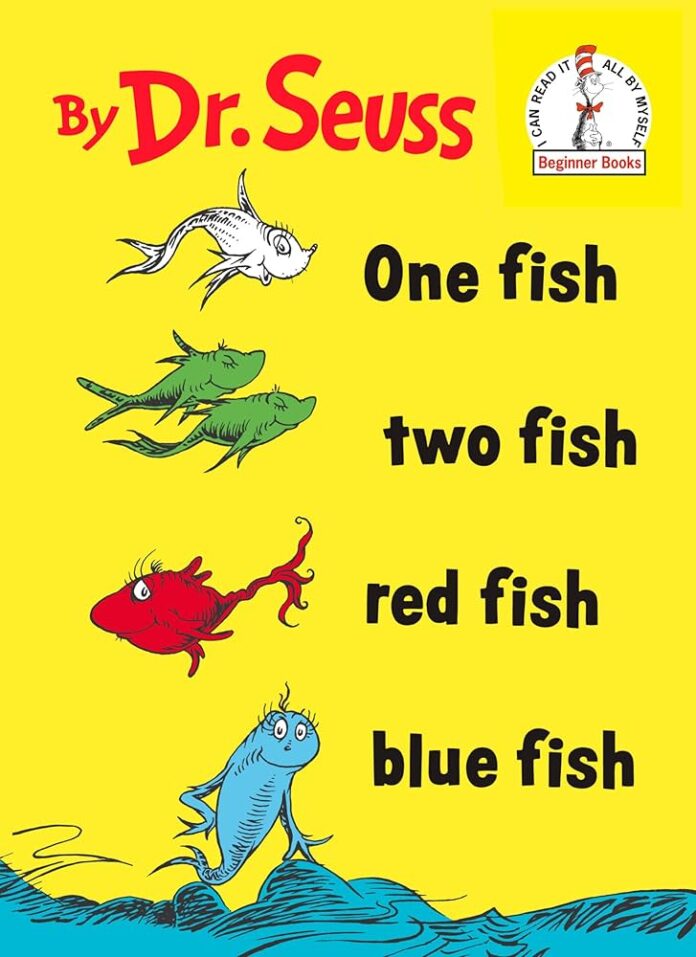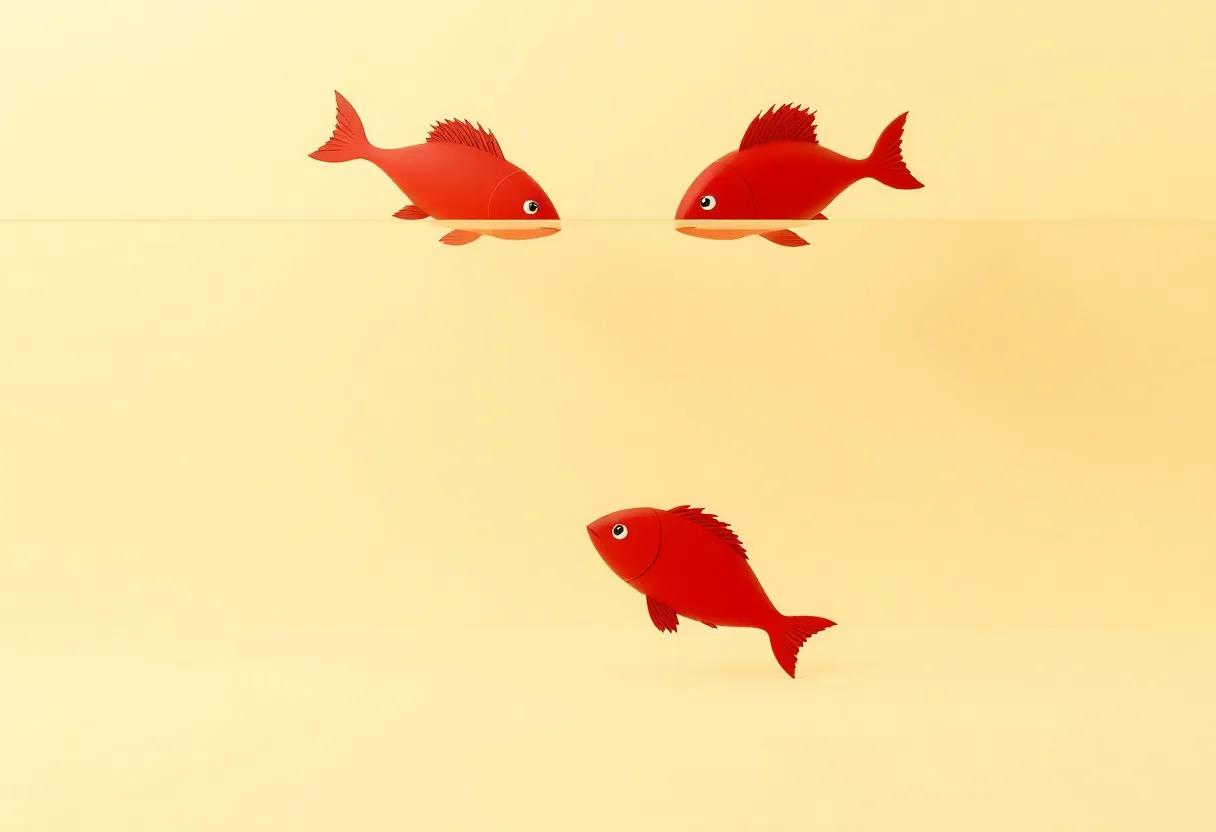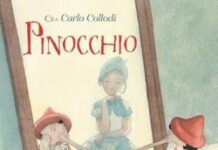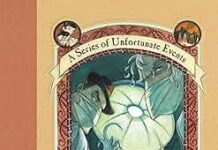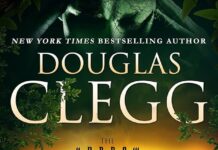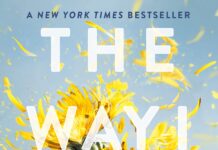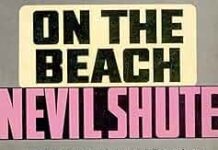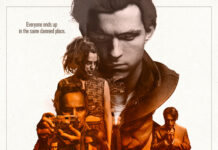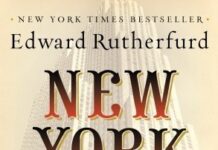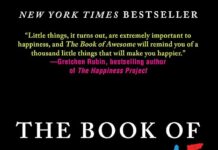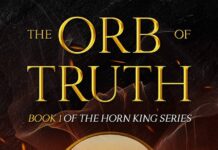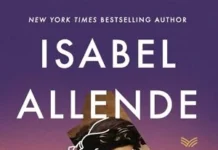Diving into the vibrant and imaginative pages of One Fish, Two Fish, Red Fish, Blue Fish is like stepping into a carnival of colors and curious creatures, where nonsense dances with rhythm and whimsy. Dr. Seuss’s classic invites readers young and old on a playful journey through a world that defies logic yet brims with charm and delight. In this review, we explore how the book’s simple verses and quirky illustrations come together to create an enduring celebration of creativity and childhood wonder.
The Vibrant Imagery and Playful Illustrations That Bring the Story to Life in One fish Two Fish Red Fish Blue Fish
These illustrations celebrate creativity through their simplicity and deliberate oddness, encouraging young minds to explore patterns, shapes, and the unexpected. The playful artistry shines through in:
- Exaggerated proportions that emphasize fun over realism
- Whimsical facial expressions that convey emotion at a glance
- Inventive backgrounds that blend abstract and familiar elements
Together, they create a rhythm of visual storytelling that perfectly complements the rhythmic text, turning each reading session into an engaging multi-sensory adventure.
| Illustration Element | Effect on Reader |
|---|---|
| Bold, flat colors | Captures attention instantly |
| rhythmic repetition of characters | Enhances memorability |
| Playful distortions of reality | Stimulates creativity and creativity |
How Rhyme and Rhythm Enhance Early Childhood Language Development Through Engaging Storytelling Techniques
Rhythm and rhyme serve as dynamic building blocks in early childhood language acquisition, transforming abstract sounds into memorable patterns. Within One Fish, Two Fish, Red Fish, Blue Fish, Dr. Seuss masterfully weaves playful rhymes that capture children’s attention and invite them to predict what comes next. this repetition and predictability not only enhance phonological awareness but also foster a deeper connection with vocabulary as young listeners anticipate new words and sounds. The harmonious flow of the text engages children in an auditory dance, making language learning effortless and fun.
Engaging storytelling techniques, such as alliteration and rhythmic phrasing, create an immersive linguistic environment that sparks curiosity and imagination. Here’s how these elements function within the story:
- Alliteration: repeated consonant sounds aid memory and pronunciation.
- Rhythmic Cadence: Helps regulate breath and speech patterns in early talkers.
- predictable Rhymes: Encourage active participation and word anticipation.
| Technique | Child Development Benefit | Example From Story |
|---|---|---|
| rhyme | Enhances phonemic awareness | “Red fish, blue fish” |
| Rhythm | Supports speech fluency | “One fish, two fish” |
| repetition | Improves word retention | “Here are some who like to run.” |
Exploring the Themes of Imagination and Curiosity Embedded Within the Whimsical Narrative
Curiosity is nurtured through the book’s simple yet profound questions, embedded within a rhythm that mirrors the inquisitive nature of childhood itself. As readers turn the pages, they encounter a universe where differences are celebrated and the unfamiliar is an invitation to explore rather than fear. The following list highlights how these themes manifest throughout the narrative:
- unconventional characters: Creatures that defy classification spark wonder.
- Unexpected pairings: Juxtapositions that challenge logical norms.
- Rhythmic curiosity: Repetitive cadence encourages active participation.
| Theme | Example | Effect |
|---|---|---|
| Imagination | Red fish flying | Breaks reality boundaries |
| Curiosity | Counting odd creatures | Invites exploration |
| Playfulness | Playful rhymes | Engages attention |
The Impact of Simple Yet Profound Vocabulary on Literacy Skills and Word Recognition for Young Readers
Delving into Dr. Seuss’s playful universe, young readers are introduced to vocabulary that is deceptively simple yet richly layered with meaning. The deliberate use of repetitive, rhythmic words like “fish,” ”red,” and “blue” not only captivates children’s attention but also builds a solid foundation for early literacy development. This strategic approach helps create neural pathways that accelerate word recognition and enhance memory retention, making reading both an engaging and educational adventure. The rhythmic cadence invites children to anticipate words, encouraging participation and boosting confidence as they decode new terms.
Below is a breakdown of some core vocabulary and their impact on literacy skills:
| Vocabulary | Literacy Skill | Reading Benefit |
|---|---|---|
| Fish | Word Recognition | Repetition aids memorization |
| Red / blue | Color Recognition & Sight Words | Associates words with visual cues |
| one / Two | Counting & Number Words | Introduces numeracy within reading |
- Phonemic awareness: The playful rhymes emphasize the sounds of letters and syllables, sharpening children’s hearing and reading skills.
- Predictability: Simple vocabulary paired with contextual clues helps readers anticipate what comes next,making reading less intimidating.
- Joyful learning: the whimsical language fosters a love for words and storytelling, essential for lifelong literacy enthusiasm.
Analyzing the Use of Repetition and Pattern to Create Predictability and Comfort in Reading
Dr. Seuss masterfully employs repetition and rhythmic patterns throughout the pages, crafting a world where predictability becomes a source of comfort rather than monotony. The repeated phrases, such as “One fish, two fish, red fish, blue fish,” anchor readers in a familiar linguistic rhythm, inviting them to anticipate what comes next and sparking active participation. This repetition acts like a gentle refrain, soothing young readers and enabling them to build confidence as they recognize sounds and words. Predictable patterns not only enhance memorability but also create a playful momentum, encouraging repeated readings that deepen engagement and enjoyment.
Within this structured repetition lies a delightful variety, achieved through subtle changes in characters and scenarios, which keep the experience fresh. Consider the balance between
- Constant structural cues (rhythm and rhyme)
- Vivid, eccentric characters and imaginative settings
- Gradual introduction of new vocabulary and concepts
Together, these elements form a harmonic dance between the known and the surprising, soothing readers with consistency while stimulating curiosity. The following table illustrates how repetition and variation work hand in hand to create this dynamic:
| Element | Repetition | Variation |
|---|---|---|
| Phrase Structure | Repeated rhythmic pattern | changing subjects or colors |
| Character Types | Recurring character categories | Distinct traits and actions |
| Visual Elements | Consistent illustration style | New colors and shapes |
Why One Fish Two Fish Red Fish Blue Fish Remains a Timeless classic Across Generations and Cultures
Beyond its entertaining narrative, the book subtly introduces themes of diversity and acceptance, reflected through its eclectic lineup of characters - from the friendly fish to the unusual Yop. Readers learn to appreciate differences in a lighthearted, approachable manner. The enduring appeal is also rooted in its versatility; it serves as a tool for early literacy while also inspiring imaginative play. Consider the table below, illustrating key elements that contribute to its timeless charm:
| Element | Impact | Example |
|---|---|---|
| Rhythm & Rhyme | Enhances memorability and flow | “Red fish, blue fish, one fish, two fish” |
| Imaginative Characters | Stimulates creativity and fantasy | The Wumps, Zans, and Nooks |
| Diversity Themes | Promotes inclusivity and kindness | Various unique creatures coexisting |
| Visual Appeal | captures attention with vivid colors | Bright reds, blues, and yellows |
Incorporating This Book Into Early Education Curriculums to Foster Creativity and Critical Thinking
Integrating One Fish, Two Fish, Red Fish, Blue Fish into early education curriculums offers a dynamic way to spark imagination and sharpen young minds. The playful rhymes and colorful illustrations act as a natural catalyst for encouraging children to think outside the box. By engaging with Dr. Seuss’s whimsical creatures and quirky scenarios, students develop foundational skills such as pattern recognition, sequencing, and language rhythm, all of which are essential for fostering critical thinking. educators can leverage this by prompting discussions and creative exercises like story continuation or character creation, embedding creativity within core learning objectives.
Teachers can use the book as a versatile tool across multiple domains. Here are some effective classroom activities that promote creativity and critical thinking:
- Character Analysis: Have students describe and invent traits for the unusual beings in the story, encouraging imaginative interpretation.
- Story Mapping: Use diagrams to trace the story’s flow, aiding logical sequencing and comprehension.
- Color Exploration: Link the vivid colors to emotional or sensory experiences, fostering associative thinking.
- Creative Storytelling: Let students write or draw their own fantastical tales inspired by the book’s style.
| Activity | Skill developed |
|---|---|
| Rhyming Games | phonemic Awareness |
| Imaginary Creature Drawing | Creativity |
| Sequencing Cards | Logical Thinking |
Recommended Activities and Interactive Reading Strategies to Maximize Engagement With Children
Engaging children with One fish, two Fish, Red Fish, Blue Fish becomes a vibrant adventure when you bring the book’s playful rhythm and whimsical creatures to life. Incorporate interactive reading strategies like echo reading, where you read a line first and invite the child to repeat it, building confidence and fluency. Use finger puppets or colorful props representing the various fish and critters to spark imagination and deepen connection with the story.Encourage children to make sound effects or mimic the silly actions described, creating a lively atmosphere that transforms reading into a multisensory experience.
Complement the reading with hands-on activities that inspire creativity and reinforce the book’s themes. Try a simple sorting game based on the creatures’ colors and sizes, or organize a ”fish hunt” where kids search for objects around the room matching the story’s palette. Below is a fast guide to fun, related activities that keep enthusiasm high and lessons memorable:
| Activity | Purpose | Materials |
|---|---|---|
| Colorful Fish Sorting | Build color recognition and categorization skills | colored paper cutouts, bowls or trays |
| Rhythmic Echo Reading | enhance memory and phonological awareness | Copy of the book |
| Fish Movement Game | Encourage physical activity and imaginative play | Open space, music or recorded rhymes |
| Draw Your Own Creature | Foster creativity and narrative skills | Paper, crayons, markers |
Comparing One Fish Two Fish Red Fish Blue Fish to Other Iconic works by Dr Seuss for a Broader Perspective
To better visualize their key distinctions, consider this comparison:
| Title | Narrative Style | Tone | Purpose |
|---|---|---|---|
| One Fish Two Fish Red Fish Blue Fish | Loose, poetic, playful vignettes | Whimsical and silly | Stimulates imagination and linguistic play |
| the Cat in the Hat | Structured narrative with clear plot | Mischievous and chaotic | Teaches cause and effect through storytelling |
| Green Eggs and Ham | Repetitive persuasive dialog | Humorous and insistent | Encourages trying new things |
Each book holds a distinctive place in the Seussian canon,yet One Fish Two Fish stands out as a kaleidoscopic splash of eccentricity that embraces nonsense and curiosity with no strings attached. Its rhythmic banter and vibrant creatures are less about delivering a moral lesson and more about celebrating the joyous potential of language and imagination,making it a perfect gateway for young readers stepping into Dr.Seuss’s fantastical universe.
The Enduring Legacy of Dr Seuss as an Innovator in children’s Literature and Storytelling Artistry
Dr. seuss revolutionized children’s literature by weaving whimsical narratives that transcend mere storytelling, inviting readers into vibrant, fantastical worlds brimming with imagination.His unique use of playful language, rhythmic rhymes, and inventive characters in One Fish, Two Fish, Red Fish, Blue Fish exemplifies how he transformed reading into an interactive and joyful experience. Beyond the silly creatures and catchy cadence, Dr. Seuss embedded subtle lessons on diversity,acceptance,and curiosity – qualities that have helped generations of children develop empathy and wonder. His mastery in balancing simplicity with creativity ensured that complex ideas were accessible and memorable to young minds.
The artistry behind Dr. Seuss’s work lies not only in his writing but also in his innovative illustration style, characterized by bold lines, bright colors, and whimsical forms, which perfectly complemented the text. This synergy between art and words created an immersive world where children are encouraged to explore and engage actively. Consider some hallmark elements of his storytelling artistry:
- Inventive Vocabulary: Nonsense words and playful language that spark creativity and phonetic play.
- Rhythmic Flow: Catchy rhymes that aid memory and phonemic awareness.
- Visual Whimsy: Characters and settings so vivid they stimulate the imagination.
- Life Lessons: Embedded moral values subtly conveyed through fun narratives.
| Innovation | Impact on children |
|---|---|
| Phonetic Play | Enhances reading skills through rhymes and rhythm |
| Visual Storytelling | Stimulates imagination and visual literacy |
| Social Themes | Builds empathy and cultural awareness |
| Accessible Language | Encourages early literacy and confidence |
One Fish, Two Fish, Red Fish, Blue Fish invites readers of all ages to dive into a realm where imagination stretches as far as the eye can see and the simplest words sparkle with playful charm. Dr. Seuss crafts a whimsical tapestry that is both delightfully nonsensical and quietly wise, reminding us that sometimes the greatest adventures come wrapped in the most colorful and unexpected packages. Whether rediscovering childhood or encountering it anew, this book remains a timeless flutter in the vast ocean of children’s literature-inviting us all to swim along, one curious fish at a time.

